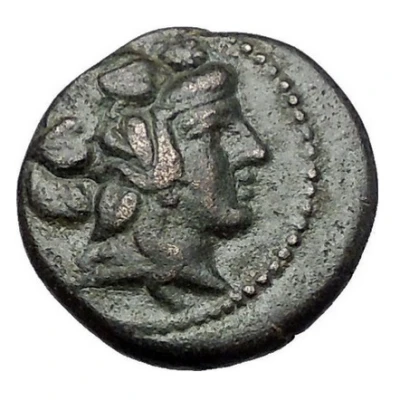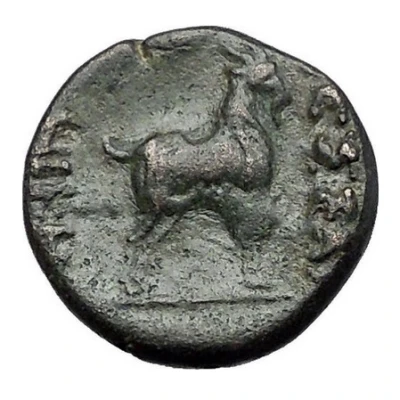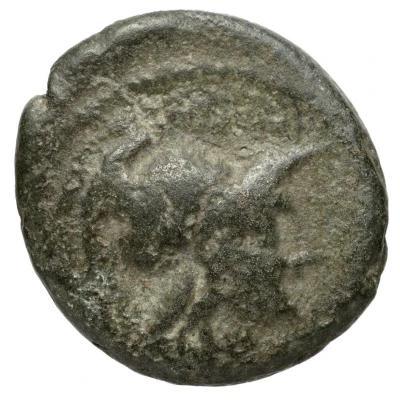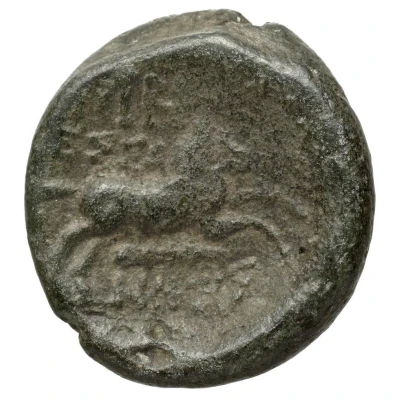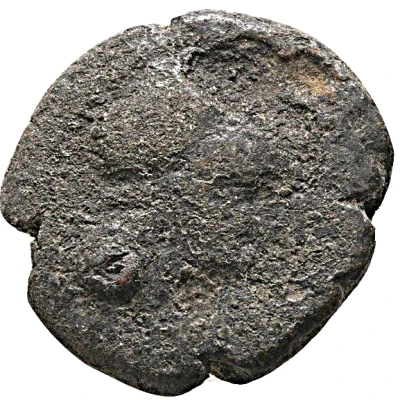
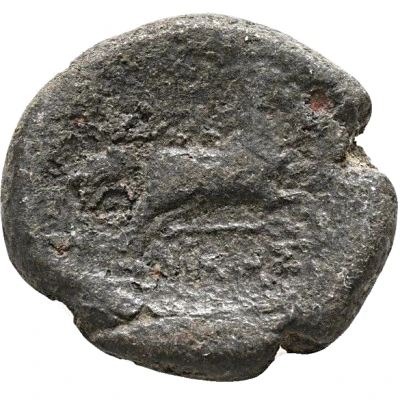

© ALAMIR
Dichalkon - Thessaloniki 187 BC - 31 BC
| Bronze | 6.4 g | 18 mm |
| Issuer | Thessaloniki (Macedon) |
|---|---|
| Type | Standard circulation coin |
| Years | 187 BC - 31 BC |
| Value | Dichalkon (1⁄24) |
| Currency | Drachm |
| Composition | Bronze |
| Weight | 6.4 g |
| Diameter | 18 mm |
| Shape | Round (irregular) |
| Technique | Hammered |
| Orientation | Variable alignment ↺ |
| Demonetized | Yes |
| Updated | 2024-10-10 |
| Numista | N#145016 |
|---|---|
| Rarity index | 93% |
Reverse
Lettering above and beneath horse running right.
Script: Greek
Lettering: ΘEΣ-ΣAΛON-EΩN
Translation: Thessaloniki
Comment
The denominations of bronze coins that are unknown to numismatists are referred to as Æ, (or AE, which means it is made of a base alloy), and with the diameter after it.Interesting fact
The Dichalkon coin was used as a form of currency in the ancient city of Thessaloniki (now Thessaloniki, Greece) during the Hellenistic period, specifically between 187 BC and 31 BC. The coin's name, "Dichalkon," is derived from the Greek words "di" meaning "two" and "chalkos" meaning "copper," referring to the coin's composition of bronze, which is an alloy of copper and tin. Despite its small weight of 6.4 grams, the Dichalkon coin played an important role in the economy of Thessaloniki and surrounding regions during its time in circulation.
